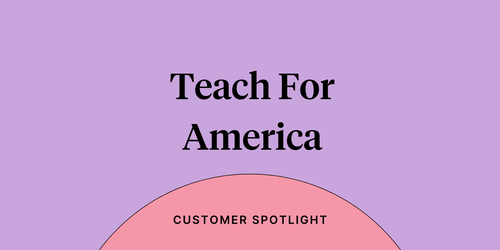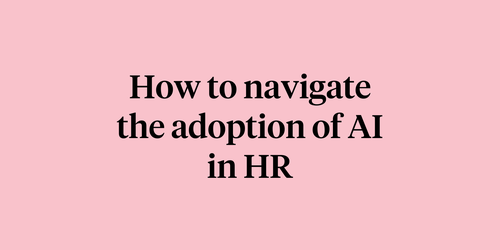
How Culture Amp optimized the employee onboarding survey

Written by

Former People Program Lead, Leadership and Learning, Culture Amp
In my "Creating a Culture First onboarding program" article, I discussed the importance of getting feedback on the onboarding process. It should be no surprise that at Culture Amp, where learning faster through feedback is one of our core values, we would also use our platform to gather feedback to iterate on our onboarding program.
We also used the experience of gathering that feedback to iterate on the survey itself, including the templates available to our customers.
The original employee onboarding survey
When I joined Culture Amp in June 2015, we used our original onboarding survey template with a few tweaks and custom questions we added. The survey was sent out two weeks after the new hire’s start date, and when completed, their manager would be notified and have the option to walk through the survey results with the new Camper.
It seems like a straightforward process, but it wasn’t flawless. As I began to review the survey data, I started to find gaps in the type of data I could gather.
Some questions arose:
-
Were questions being asked at the right time?
For example, a question like, "I see myself still working at Culture Amp in two years" might be hard for someone to answer meaningfully after working here for only two weeks. After six weeks, they might have a much better sense of how they feel about this question. -
Were some of the questions unclear or hard to action?
For example, "The information provided has been at the right level for me." Concerning our onboarding process, it was difficult to know if this meant information related to onboarding, orientation, or role-specific training.
At times, we also weren’t eliciting specific enough data. The question, "Everything was prepared for me so I could hit the ground running," could mean anything from having the right equipment, accounts set up, and paperwork available to be completed. -
Were we asking the right questions to get the feedback we needed?
For example, the leaders of our orientation sessions wanted to know if new hires found the content useful and if it covered content appropriately. However, this wasn’t information we had been gathering.
Using feedback to optimize the employee onboarding survey
In the spirit of our value of learning faster through feedback, I knew I wanted to share these learnings with our People Science team. We could make necessary changes that would benefit everyone using our onboarding survey templates.
I discussed my observations with Fresia Jackson, one of the People Scientists at Culture Amp, and we began to work through how we could evolve our internal survey to better suit our needs.
Over a few weeks, we created a new approach to onboarding surveys that addressed the areas we had been struggling with.
We implemented the following changes:
-
Asking at the right time
The first change we made was to move to a two-survey format. Now, we survey new hires at two and six weeks. This way, we can survey our employees once we believe people have had the appropriate time, experience, and exposure in their new role to meaningfully give feedback. -
Creating more actionable feedback
We made questions more specific, so it is clear to the survey taker which parts of the onboarding process we’re asking for feedback on. We also created checklists so that instead of a question like, “Everything was prepared for me,” people can check off specific items that were or were not prepared. -
Asking the right questions
We created questions unique to Culture Amp’s onboarding process, like, “The Customer Journey Induction was a good use of my time,” to determine if the orientation session content is being perceived as beneficial for new hires.
The employee onboarding survey today
True to our value of learning faster through feedback, the feedback of my experience as a user of the Culture Amp platform has enabled our product team to take those learnings and apply them to the templates we make available to our customers.
With the latest version of our onboarding surveys, I have been better able to isolate the parts of our hiring and onboarding processes that would benefit from further iteration.
I can now:
- Share out more meaningful data with our onboarding and executive teams.
- Review the responses to see if gaps or extra support are needed for new hires in their first couple of weeks and alert their mentors.
- Examine trends between the first and second onboarding surveys, which allows me to see if agreement on a question like, “I know what is expected of me in my role” increases over time.
Taking my experience using our platform and influencing the design of the product to improve it internally and for other users like myself has been a gratifying journey. I hope that through the changes we have made to the templates, other People Leaders will be able to learn faster through the feedback they receive.


